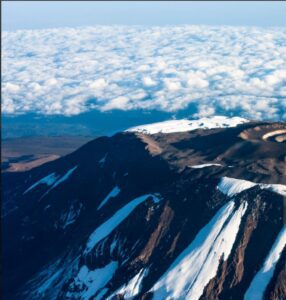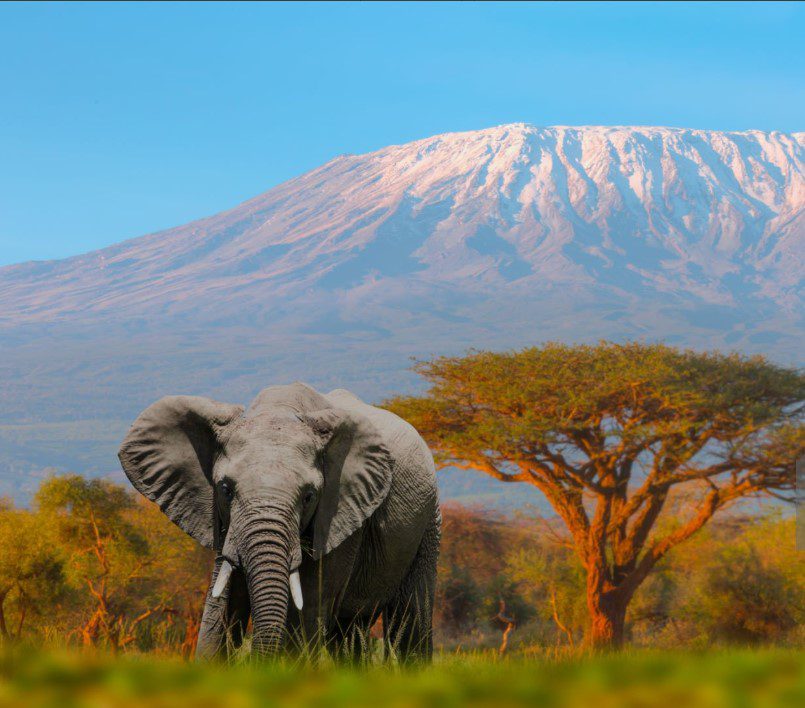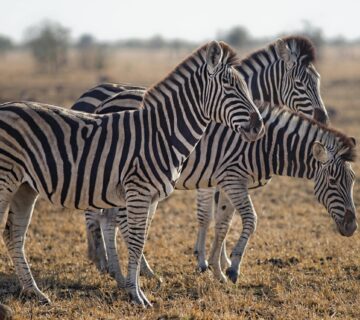What Is the Hardest Part of Kilimanjaro Trek?
Mount Kilimanjaro is Africa’s highest peak, standing tall at 5,895 meters (19,341 feet) above sea level. Every year, thousands of adventurers travel from around the world to test their limits and stand atop this iconic mountain. But while the summit promises breathtaking views and an unforgettable sense of achievement, the journey to get there is far from easy. Many aspiring climbers often ask: What is the hardest part of the Kilimanjaro trek?
This question isn’t just about physical endurance. The trek challenges your body, your mind, and your spirit. It’s a test of patience, determination, and resilience. As someone who has experienced the highs and lows of climbing Kilimanjaro, I want to walk you through what makes this climb difficult—and why those challenges are exactly what make it so rewarding.
The Altitude: The Invisible Struggle

If I had to choose one thing that defines the hardest part of Kilimanjaro, it would be the altitude. Unlike many other treks or hikes around the world, Kilimanjaro doesn’t require technical climbing skills. You don’t need ropes or harnesses. But what you do need is the ability to adapt to extreme altitudes and that’s where most people struggle.
As you ascend, the air gets thinner. Your body gets less oxygen with every breath. And no matter how fit you are, altitude sickness doesn’t discriminate. Even seasoned athletes can fall victim to headaches, nausea, dizziness, shortness of breath, and insomnia. Some people feel it as low as 3,000 meters; for others, it hits near the summit.
There’s a deep frustration in knowing your body is strong enough to walk, but suddenly, every step feels like a battle. Your muscles are fine, but your lungs feel starved. You can hear your own breath heavy, desperate as you trudge forward. You begin to understand that your greatest obstacle isn’t the terrain beneath your feet, but the mountain inside your mind.
Summit Night: A Journey Through Darkness
If there is a single moment on the Kilimanjaro trek that truly tests every fiber of your being, it’s summit night. After days of climbing through ever-changing landscapes from rainforest to alpine desert you’ll be asked to wake up around midnight for the final push to the top.
Why at night? Because the goal is to reach Uhuru Peak by sunrise, when the sky bursts open in golden hues, painting the glaciers in a glow you’ll never forget. But getting there means enduring six to eight hours of hiking in freezing temperatures, in the dark, with wind howling around you. The incline is steep. The air is thin. The cold bites through your gloves. And yet, you push forward.
That night is a mental game. You walk in silence, following the small circle of light from your headlamp, one slow step at a time. You’re tired. Your body aches. You’re questioning why you ever signed up for this. But then, just when it feels unbearable, the first hint of sunrise touches the horizon. And suddenly, all the struggle fades into the background.
The Mental Challenge: The Voice in Your Head
Many people prepare physically for Kilimanjaro they train for months, hiking, running, and building stamina. But the mountain has a way of humbling even the fittest climbers. What often goes unspoken is the mental challenge of the trek.
You’re out in the wilderness for days. There’s no Wi-Fi, no phone calls, no warm showers. It’s just you, the trail, and your thoughts. As the days pass and the air gets thinner, the mountain strips away all the noise of everyday life. And what’s left is raw, honest reflection.
You’ll have moments of doubt. Moments when you’re tempted to give up. When the headaches are pounding and the cold creeps into your bones, your inner voice becomes your strongest ally or your greatest enemy.
The hardest part of Kilimanjaro, for many, is learning to quiet that voice that says, “I can’t do this,” and replacing it with, “Just one more step.”
The Weather: Unpredictable and Unforgiving
Another silent adversary on Kilimanjaro is the weather. In just a few days, you’ll hike through five distinct climate zones. You start in a humid rainforest, move into moorlands, cross alpine deserts, and eventually arrive at the arctic-like summit.
Packing for all these conditions is a challenge in itself. One moment, you’re sweating under the sun. The next, you’re shivering in snow. Rainstorms can appear without warning. Winds can pick up overnight. It’s a lesson in adaptability. You must respect the mountain’s moods and prepare for anything.
This constant shift in climate isn’t just uncomfortable it can also impact your physical condition. Wet clothes can lead to chills. Dehydration from dry air can worsen altitude symptoms. Staying warm, dry, and fueled becomes a daily task you can’t ignore.
Physical Fatigue: Slow and Steady
Despite all these mental and environmental hurdles, it would be unfair not to mention the physical fatigue. Kilimanjaro may not be a technical climb, but it demands stamina. You’re hiking for 6–8 hours a day, for nearly a week. The trails are rocky, dusty, and steep.
Your legs will ache. Your feet might blister. Your back will protest under the weight of your daypack. But you learn quickly that Kilimanjaro isn’t a race. The mantra is “pole pole” (pronounced poh-leh poh-leh), Swahili for “slowly, slowly.” It’s not just advice it’s a survival strategy.
By slowing your pace, you conserve energy. You let your body acclimatize. And you begin to see the beauty in every step, not just the summit.
The Reward: A New Perspective
After all is said and done, when you finally reach the summit and stand at Uhuru Peak, you’ll understand why people say Kilimanjaro changes you. Yes, the hardest parts are real. The altitude, the cold, the exhaustion, the doubt they’re all part of the journey. But so is the triumph.
You’ll discover a strength within you that you didn’t know existed. You’ll carry the sunrise from the roof of Africa in your heart forever. And long after your legs have recovered and your gear is packed away, Kilimanjaro will remain with you as a symbol of resilience, hope, and courage.
So, what is the hardest part of Kilimanjaro trek? The answer is different for everyone. For some, it’s the physical toll. For others, it’s the mental endurance. But no matter where the struggle lies, it all leads to the same place: a summit not just of a mountain, but of self-belief.
And that’s a journey worth every step.
Final Thoughts
If you’re planning to climb Kilimanjaro, prepare with care. Train your body, yes but also prepare your mind. Listen to your guides, respect the altitude, and trust the process. The hardest part of Kilimanjaro may challenge you, but it will also reveal the most extraordinary parts of who you are.
And when you finally stand above the clouds, looking out over the vastness of Africa, you’ll realize something powerful: the climb was never just about the mountain. It was about discovering what you’re truly capable of.





